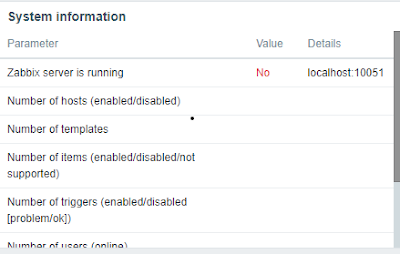Spanning Tree Protocol Overview
STP Overview
Spanning Tree Protocol
Types of STP
- Original STP
- STP / 802.1D
- PVST+
- Cisco improvement adding a per VLAN feature
- Cisco default
- RSTP / 802.1w
- Improved STP with much faster convergence
- Rapid PVST+
- Cisco improvement of RSTP adding per VLAN feature
- Makes a large network more efficient
Why STP?
- STP is used to prevent loops when using redundant switches
- Broadcast messages are sent all the time and Broadcast Storms are easy to trigger
- Loops also cause unstable MAC address tables because they're constantly being changed/updated
- Duplicate frames are being sent to the same host
How STP Works?
- Switches in a loop 'drop' one of the ports
- Switch with the blocked port still receives the data but it ignores it
- Simple but how the switches choose the port to block can be tricky
Choosing the blocked port
- 1) Elect a root bridge
- King of switches
- 2) Place root bridge interfaces into a Forwarding state
- 3) Each non-root switch selects its Root Port
- This is the best route to the bridge
- 4) Remaining links choose a Designated Port
- 5) All other ports are put into a Blocking state
Roles
- Root Ports
- The best port to reach the Root Bridge
- Designated Port
- Port with the best route to the Root Bridge on a link
- Non-Designated Ports
- All other ports that are in a blocking state
States
- Disabled
- Port that is shutdown
- Blocking
- A port that is blocking traffic
- Must move to Listening state before moving to Forwarding
- Listening
- Not forwarding traffic and not learning MAC addresses
- Transitional State while changing from 1 role to another
- Held in this state for the Forward Delay timer (15 sec default)
- Learning
- Not forwarding traffic but learning MAC addresses
- Transitional State while changing from 1 role to another
- Held in this state for the Forward Delay timer (15 sec default)
- After this, the port can now move to a Forwarding state
- Forwarding
- Sending and receiving traffic like normal
- Can move directly to Blocking
Root Bridge Election
- Each switch has a BPDU. BPDU contains:
- Root Cost
- Cost of the root bridge
- BID (Bridge ID)
- The switch with the lowest overall BID will become the root bridge
- They look something like: 32769aaaa:aaaa:aaaa
- BID is made up of:
- STP priority
- Default value of 32768 + VLAN number
- For VLAN 1, the STP priority would be 32769
- MAC Address
- Each switch thinks it should be the root bridge
- They share their BPDUs with each other
- Once they all agree, the root bridge has been elected
- All ports on the root bridge enter a Forwarding State
- Each non-root switch will now choose the best path to the root bridge
- This is the Root Port
- This is based on Port Cost
- Cost is based on port speed
- Better speed, lower cost
- Each outgoing port to the root added together
- Can be set manually
- If a tie happens, they look at lowest neighbor BID
- If they tie, they use lowest neighbor port priority
- If they tie, lowest neighbor port number
- Select a Designated Port
- Look at lowest root cost to the bridge
- If that ties, lowest BID
- If that ties, lowest neighbor port priority
- If that ties, lowest neighbor port number
- Every port that is not a root port of designated port is put in a Blocking State
Downfall of STP -- Convergence
- The time it takes to do the work and become stable
Timers - Default (RSTP addresses the delay of convergence)
- Hello
- Every 2 seconds
- Lets everyone know everything is still alive
- MaxAge
- 10x Hello timer by default (20 seconds)
- The time the switch will wait before it realizes something is wrong
- Forward Delay
- 15 seconds
- The time between the Listening and Learning state



Comments
Post a Comment